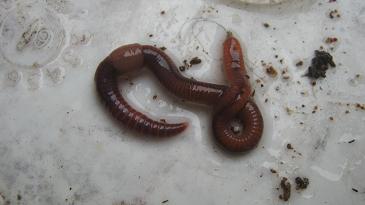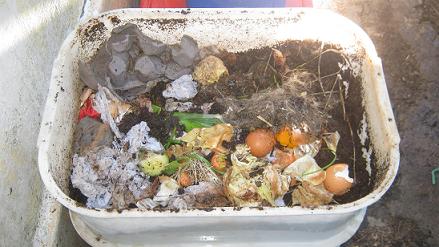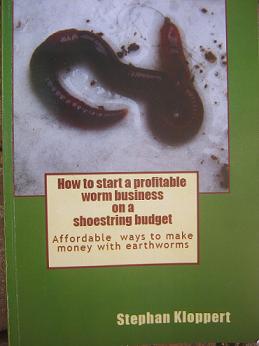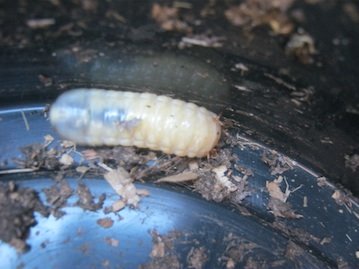Fiona Morgan
by Fiona Morgan
(City )
I plan to build an off grid cob home and would like to be off grid. I would like to recycle water (grey water and black). But the worm compost option seems even better.
If you know of a company that works with worm toilet systems I would really like to know.
I currently live in the city and have two worm cafes. To do this on a bigger scale and recycle human poo would be awesome. I find this exciting and it makes so much sense to me.
Thank you in advance for any further information on how to achieve this.
Comments for Fiona Morgan
|
||
|
||
Search / Suchen
On SPECIAL
"How to start a profitable worm business on a shoestring budget
Order a printed copy from "Amazon" for only
$11.95
or a digital version from the "Kindle" store for only
$4.95
Prices valid till 31.07.2025
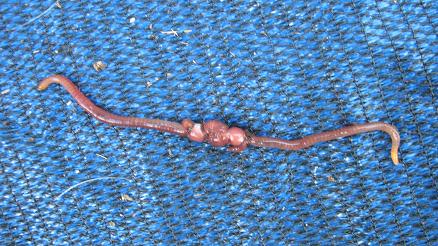
Our New Book
Order the Kindle E-book for the SPECIAL PRICE of only
$3.95
Prices valid till 31.07.2025!




